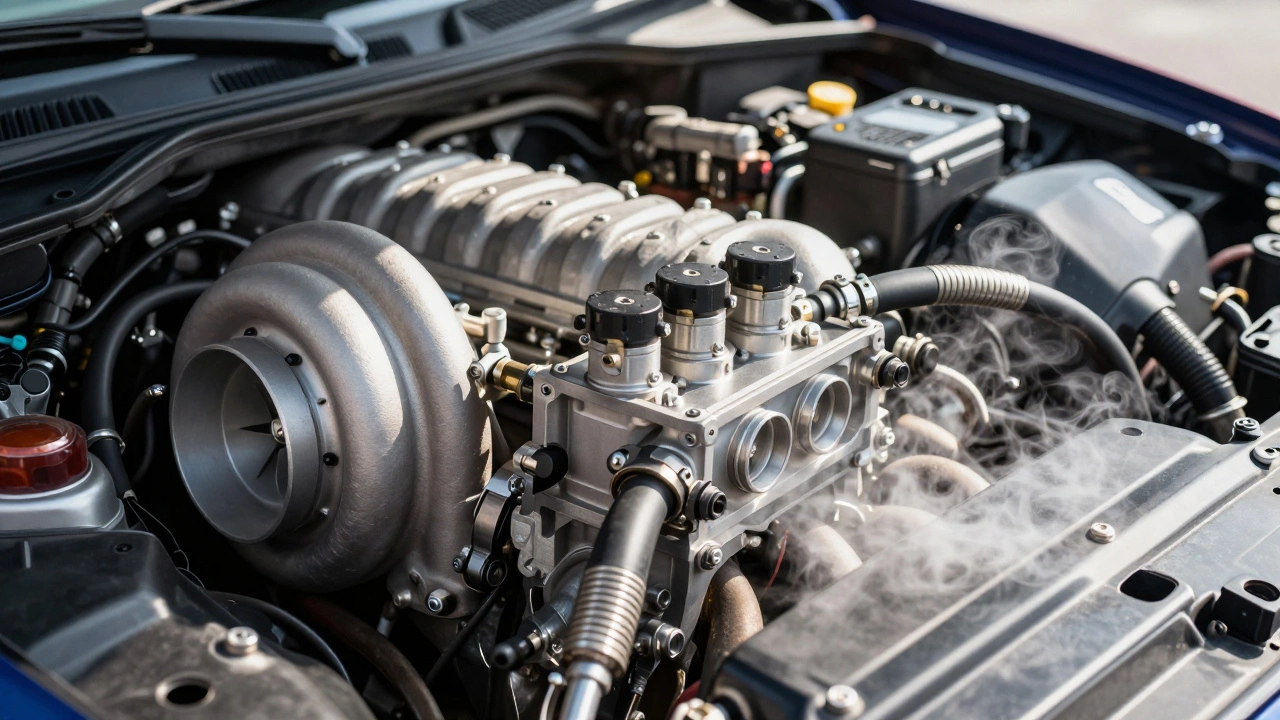Replacement Parts: What Every Car Owner Needs to Know
Car parts eventually wear out, and replacing them can mean the difference between a smooth ride and being stranded on the side of the road. But knowing which replacement parts really matter—and when to change them—saves money and headaches. Not every part breaks at once. Sometimes it’s obvious, like brake pads squealing, but other times a dying battery or clogged air filter sneaks up on you.
Most people focus on the big stuff—engines, brakes, tires. But the small, forgotten parts matter too. Overlooking things like belts, hoses, or cabin air filters can suddenly turn a minor issue into a major repair bill. So, regular checks help catch the hidden problems before they become wallet-drainers.
Quality matters. Going cheap on important parts (like timing belts or spark plugs) can cost you way more down the line. Look out for certified or OEM (Original Equipment Manufacturer) parts, especially if you’re eyeing long-term reliability. Aftermarket parts can work, but double-check the reputation—read real user reviews, ask your mechanic, or chat with other owners on car forums.
If you’re fixing up a car to sell or just want it to last, know that some parts make a big impact on your car’s value. Replacing worn tires, upgrading headlights, or installing new brake pads are quick ways to bump up your resale price. But skip things like fancy spoilers or odd interior mods—they rarely pay off at trade-in time.
Sustainability isn’t just a buzzword anymore—eco-friendly replacement parts are easier to find than ever. Think recycled materials, remanufactured starters, or green air filters. They do the job and reduce your environmental footprint. Plus, some parts even help with fuel efficiency—fresh air filters and properly inflated tires can genuinely save you money at the pump.
Worried about getting scammed online or at the shop? Stick with well-reviewed suppliers and ask for warranties. Most reputable brands and sellers stand by their products, so never hesitate to ask if you’re getting the real deal.
Keeping track of what gets replaced and when makes life way easier. Jot down every new part in your glovebox manual or a notes app. When in doubt, ask your mechanic to show you the old part and the new one. It builds trust and helps you learn more with every trip to the shop.
Nobody wants surprise breakdowns. So, whether you’re replacing the basics or considering upgraded parts to boost performance, making proactive choices keeps your ride safe and strong. Regular maintenance, trusted parts, and good records aren’t just for car fanatics—they’re the basics every driver needs.

The Ultimate Car Parts Guide: Everything Drivers Need to Know
- 10 Comments
- May, 29 2025
Trying to figure out car parts can feel like solving a mystery, especially with so many options out there. This guide breaks things down simply, explaining why parts matter, the differences between them, and how to make smart choices for your car. It covers where to buy, which brands to trust, and a bunch of tips that make life easier for anyone who's not an auto expert. You'll walk away with a toolkit of knowledge that saves time, money, and headaches. If you've ever felt lost looking for a part, this one's for you.




